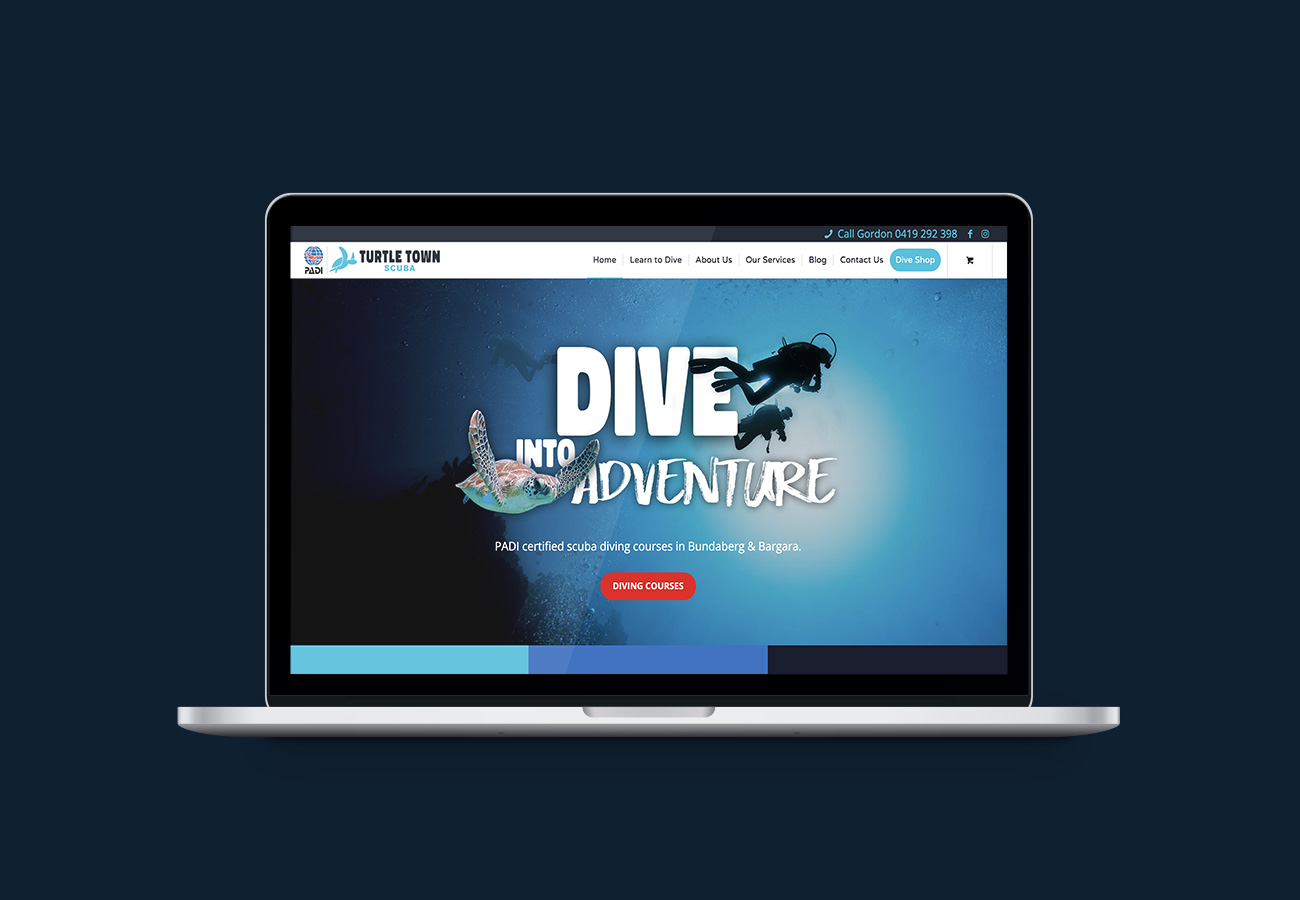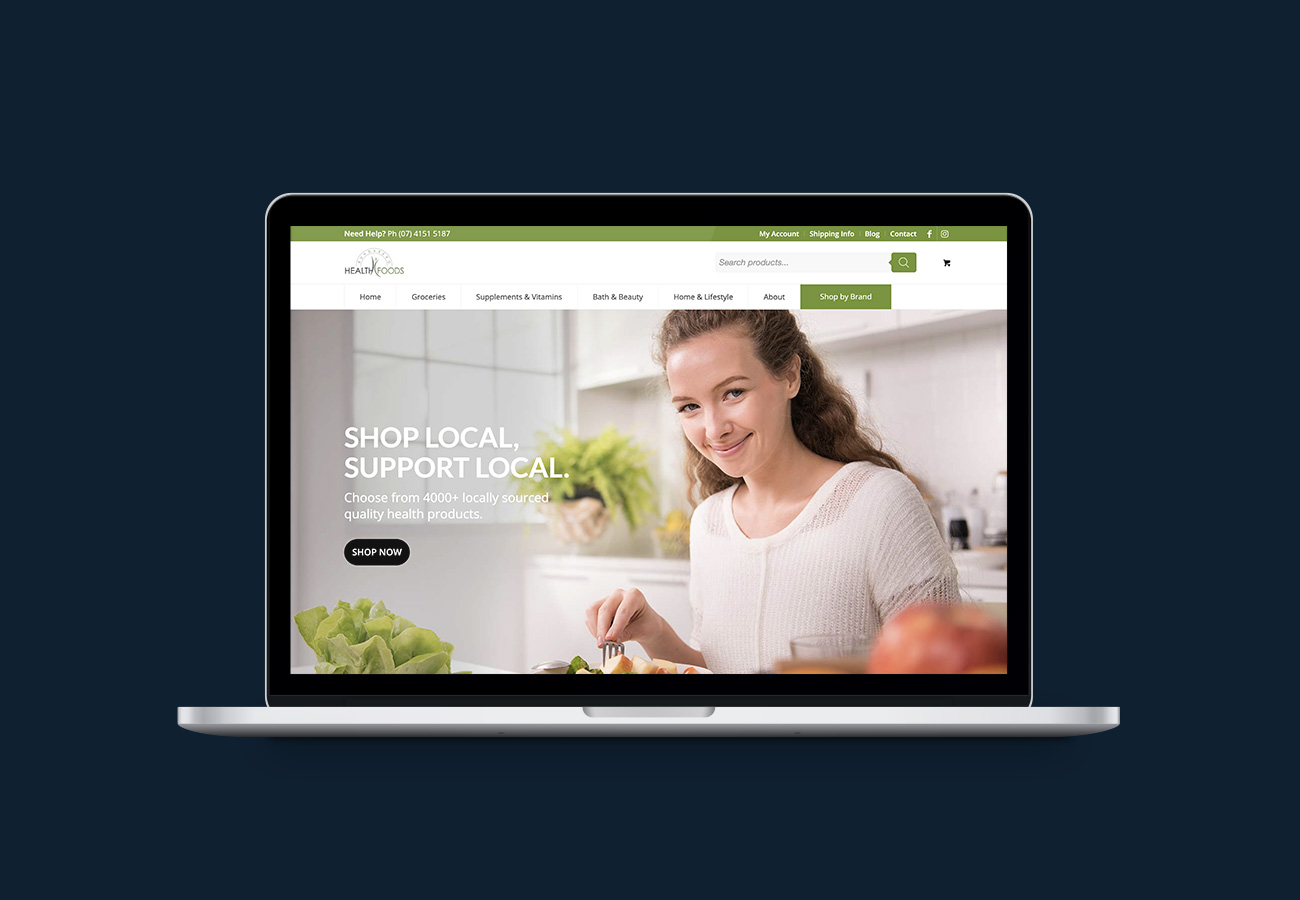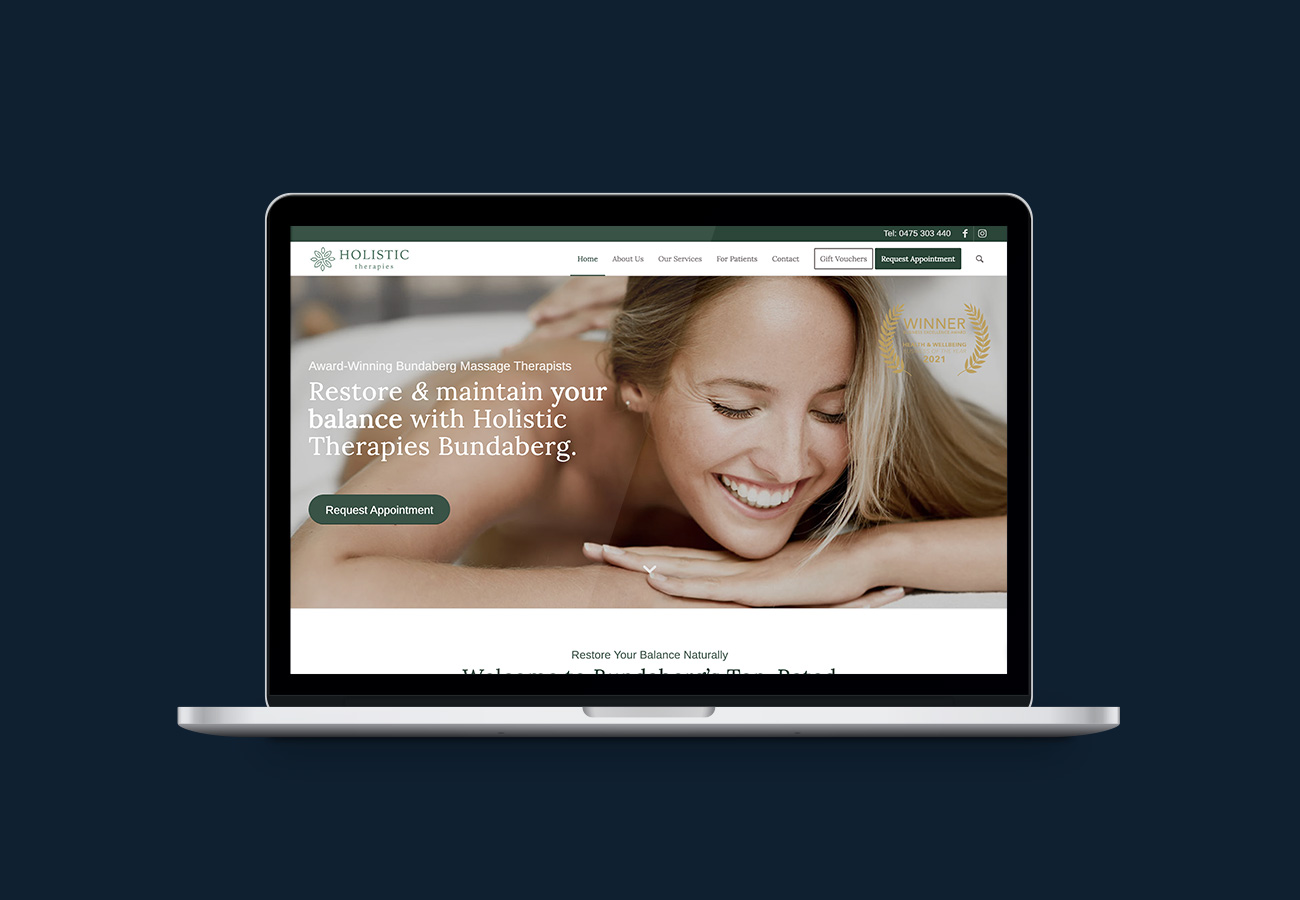Today, it’s easier than ever to collect vast amounts of data in our business. There are many low-cost POS (point of sale) systems out there with some fantastic reporting features that you can take advantage of to help you grow your business and make better management decisions.
And if you think data and metrics are boring, I want to encourage you to reconsider. Because once we know what to look for, these numbers can become very exciting!
For small business owners, every dollar counts, which is why it’s so important to track our progress and keep an eye on various metrics. Of course, there are countless metrics we can measure, some more important than others depending on the type of business you are operating.
But let’s keep it simple for now with these three metrics that have the power to completely transform your business. If you know you could do better when it comes to numbers, they will provide a great starting point.
Average Transaction Value (ATV)
The average transaction value (ATV) is pretty self-explanatory. It gives you the average of how much your customers spent per transaction on average. Simply by focusing on increasing our ATV, we can change the entire course of our business.
How to calculate Average Transaction Value
Simply divide your total sales on any given day by the total number of transactions on the same day.
Example:
$5000 turnover / 100 Transactions = $50 ATV
We can increase our ATV through:
- Upsells (“Would you like to make that a large?”) and
- Cross-sells (“Would you like a camera bag to protect your new camera?”
No matter what business you’re in, there is always something extra you can offer your customers. Let’s take the above example and assume we trade for 340 days per year. If we increased our ATV by just 5% (i.e. by $2.50), our daily turnover would go from $5000 to $5250.
Doesn’t sound like much, right? Well, by the end of 340 trading days, we would have increased our turnover by $85,000. Not a bad result with a few upsells.
What upsells, cross-sells and package deals could you offer in your business?
Customer Lifetime Value (CLV)
The Customer Lifetime Value indicates how much the average customer is worth to our business over the course of their patronage. It’s a simple metric with big implications and one that’s often overlooked by small business owners.
Knowing the lifetime value of a customer is a crucial part of understanding how much is reasonable to spend on acquiring a new customer. Measuring CLV is also a good way to determine whether your business is taking full advantage of its customer relationships.
In many, if not most cases, it costs less money to increase revenue from existing customers than it does to acquire new ones. Still, most business owners are more focused on acquisition than retention.
How to calculate Customer Lifetime Value
CLV = Average Transaction Value * Customer Frequency * Average Customer Lifespan
Example:
$50 Average Transaction Value * 1 purchase per month * 12 months average retention = $600 CLV
Your CLV will determine how much we can afford to spend on acquiring a new customer and subsequently, which marketing channels make sense for our business.
How much is a customer worth to you? How much do they spend each time? How often do they visit? And how long do they stay your customer? Improving each of these 3 variables will have a huge impact on your bottom line.
Cost of Customer Acquisition (CAC)
What does it cost you to acquire a new customer? While the importance of knowing the cost of acquiring a new customer is obvious, surprisingly a lot of business owners don’t pay as much attention to this metric as you’d expect them to. Keeping customer acquisition costs top of mind can benefit your business in numerous ways.
For starters, many companies spend more than they estimate on customer acquisition, and in many cases, they continue to invest in marketing channels that make little sense given the lifetime value of their customers.
How to calculate Cost of Customer Acquisition
CAC = Total Ad Spend / Number of New Customers
Example:
$500 Facebook Ad Spend / 50 New Customers = $10
If our Customer Lifetime Value is $600, it makes sense to spend $10 to acquire a new customer. However, if our CLV would only be $20 we might need to look for a new strategy to acquire new customers or first focus on increasing your Average Transaction Value, Purchase Frequency and Retention Rate.
What metrics have you tracked that have helped you grow your business and make better decisions in your marketing?

 David Lee-Schneider Marketing
David Lee-Schneider Marketing David Lee-Schneider Marketing
David Lee-Schneider Marketing

